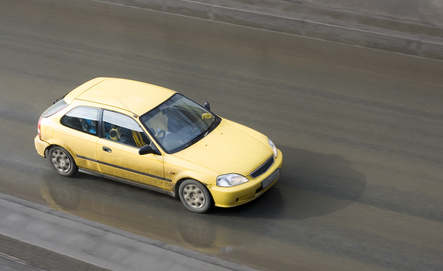
Automobiles can sustain mechanical problems due to a number of conditions, including strong vibrations that can affect the engine and other internal components. A harmonic balancer built into the car helps solve this issue.
A harmonic balancer, also called a crankshaft damper, torsional damper, vibration damper and other names, is a component of many automotive engines. The harmonic balancer reduces torsional vibration, which would otherwise damage the engine, and also serves as a drive pulley for the engine's belts. The balancer shaft has a heavy mass on it that turns at a rate that resists the engine's varying vibration levels as the vehicle accelerates and decelerates.
Harmonic balancer gears, or gear wheels, are set beneath the crankshaft bearing, or shaft support. The harmonic balancer gears spin twice as fast as the cylinder and rotate in opposing directions. The motion of the gears help to offset, or counter, the vibrations caused by the crankshaft.
As the cylinders engage, torque--or the force of motion--causes vibrations in the crankshaft. High engine speeds can cause torque in the crankshaft and cylinders to occur simultaneously, or sync. If the harmonic balancer fails or slips and its gears do not spin properly to counterbalance resonance caused by the torque, the rotations (or oscillations) can result in crankshaft failure and subsequent wear of other internal engine parts. Common symptoms of harmonic balancer failure include a clicking or banging noise, engine complications or complete engine failure.